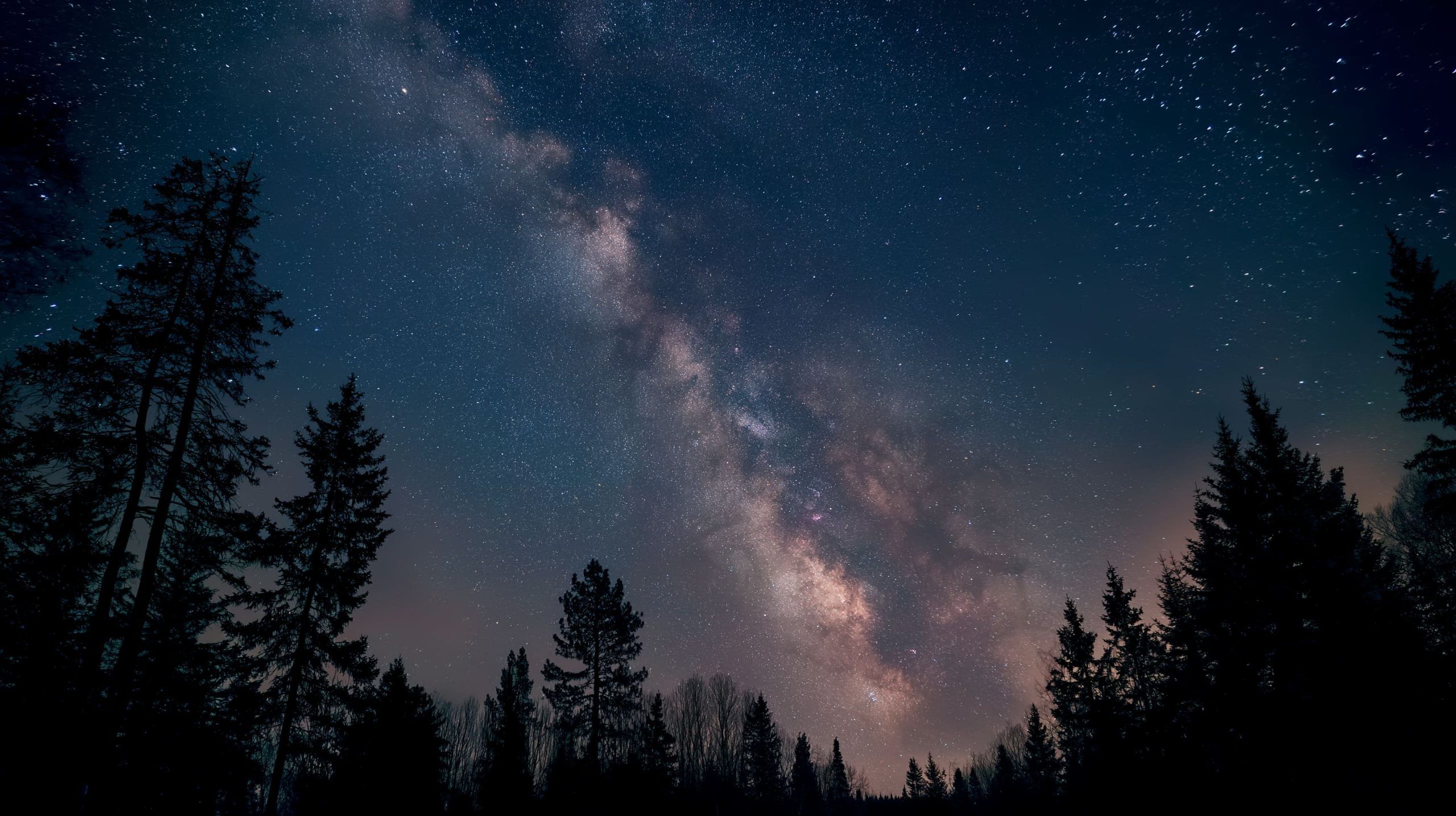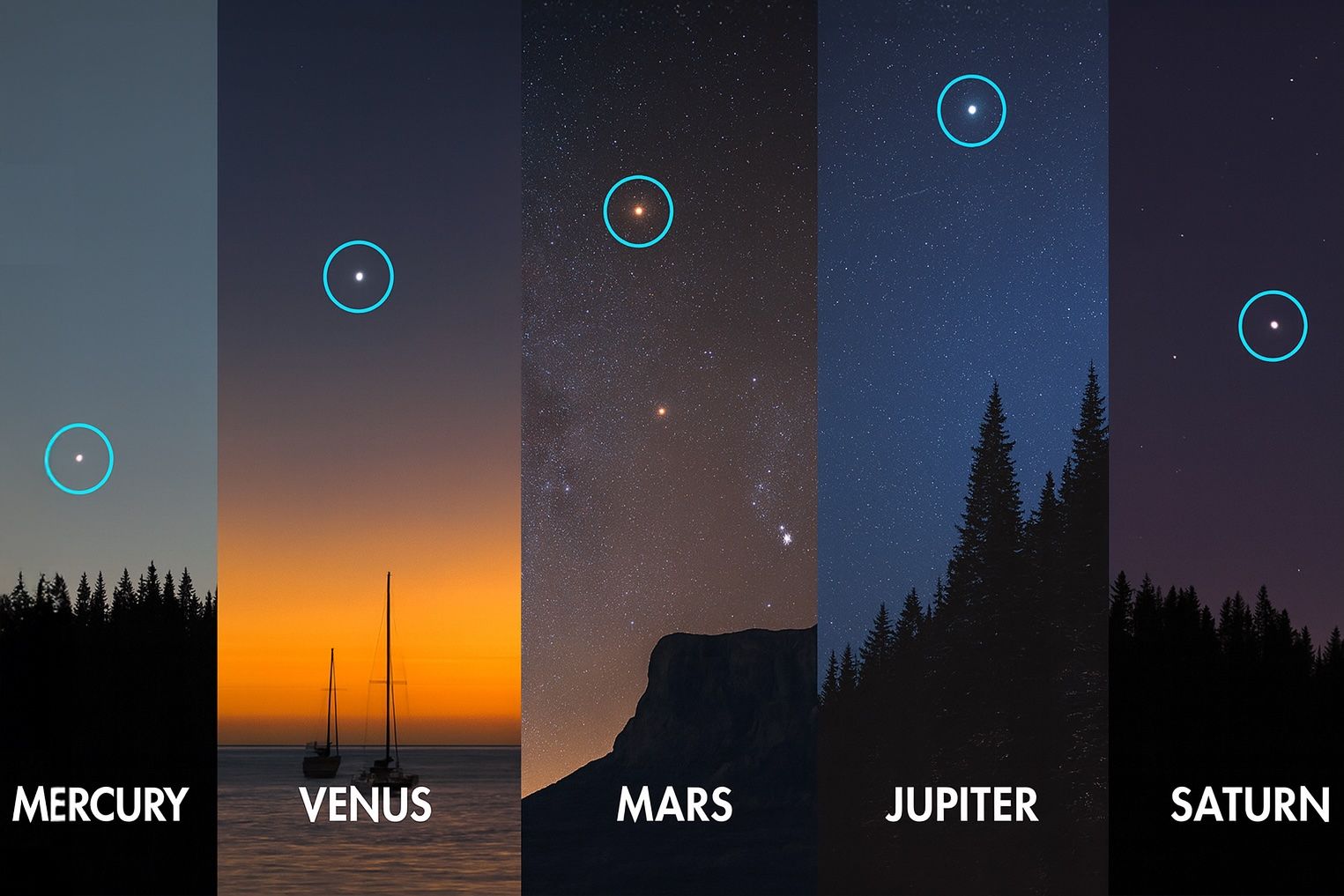
Rare Auroras, Shooting Stars and a Planet Parade: Sky Spectacle on Sept 1–2, 2025
Key Facts Auroras Incoming: Solar Storm Set to Dazzle Unusual Latitudes Skywatch alert: A geomagnetic storm watch is in effect for September 1–2, 2025, as an Earth-directed coronal mass ejection (CME) arrives. This solar eruption – launched by a long-lasting

